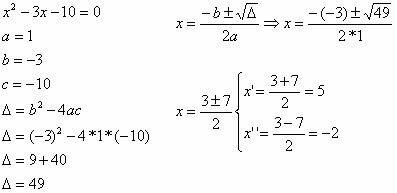Video games are an outlet for many people. Very entertaining, the different styles of games manage to attract all kinds of audiences. Because of this, they appeal to those looking for more competitive scenarios, engaging narratives and even making friends online. In addition, according to scientists, video games are excellent for helping in the therapy of patients suffering from a stroke.
Read more: New scientific breakthrough: treating diabetes without insulin
see more
Better Health in Two Days: The Surprising Effectiveness of End Workouts…
Ministry of Health expands HIV treatment with new drug…
How do video games help in therapy?
According to researchers, patients who switched to video game therapy demand less time from their therapist. Soon, the professional manages to redirect the remaining time to other important topics, investing even more in other interventions. Because of this, studies with this technology are proving to be increasingly promising for stroke victims.
That's because, by acting as a virtual therapy session, games manage to convey the sense of progression perfectly. Basically, it's similar to when a physiotherapist or other professional asks the patient to perform small tasks, such as moving an object or part of the cup.
Even for this, developers have already created applications specifically for these situations. In this case, many of them have sensors to capture the patient's movements and respond with feedback about the exercise. Overall, these are activities that work motor function as effectively as in a clinic.
The effectiveness of this therapy model
Much of the success of video games as a therapeutic tool is due to the possibility of being used constantly. While face-to-face assistance will be able to focus on the behavioral aspect of a member, intense motor practice can be done at home. To increase the stimuli, the difficulty of the exercises increases as the patient progresses.
Therefore, this treatment model is safer, faster and more fun, being very popular with people. Playing a few times during the week, the results appear faster and faster. At the same time, feedback and progression records are more accessible to the patient, which encourages them to continue with rehabilitation.


